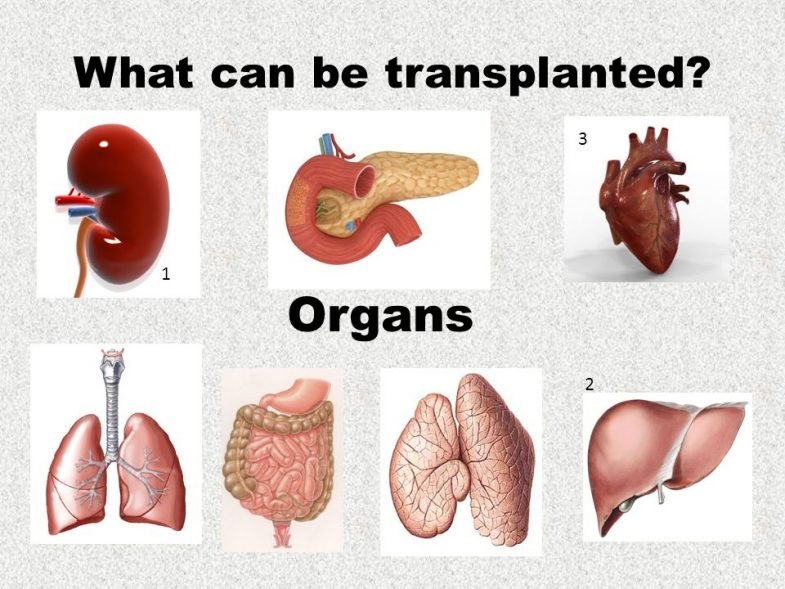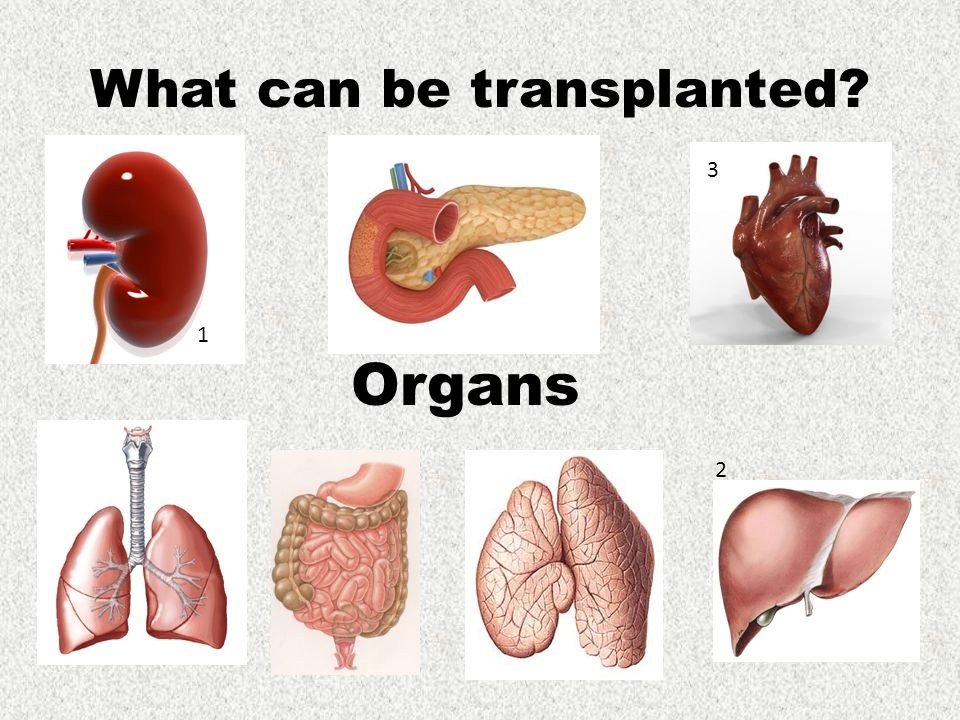Histography of the transplantation of different organs or body parts in place of damaged or non-functioning parts for normal functioning of the body. Transplants can be of different types including autografts, allografts, isografts, split transplants, domino transplants and xenografts.

Autografting: The process in which a tissue from one part of body is surgically grafted to another part of the same individual’s body’’. Bypass grafting, skin grafting, bone grafting, and several type of plastic surgery comes under branch of allografting.
Allografting is the process in which transplant of cells, tissues or organs from one organisms to another of the same species with a different genotype’’ For example, transplanting any structure to the individual other than identical twins. Tissue rejection is a major problem in it.
Isograft
‘’An Isograft is process in which we graft a tissue between two organisms those have same genotype such as identical twins (i.e. mono-zygotic twins)’’ Tissue rejection and cross reactivity problems are never seen in this type of grafting.
Split transplant
The division of donor liver from a defunct mature between a pediatric recipient and a mature recipient to maximize the benefit of each available donor organ
Domino transplant
A surgical procedure in which two organs are removed from one person and grafted into second person, and one organ from second person is transplanted into third person this type of transplantation is known as domino transplant, it not commonly practiced.
Xenograft
‘’Xenos’’ is a Greek word which means ‘’foreign’’
‘’The process in which we surgically transplant live cell, tissue or organ from one species to another species is known as xenography’’
These cells, tissues or organs are called xenografts or xeno-transplants.
‘’Xenograft is also called heterograft’’
History
From 17th to 19th centuries, cross species blood transfusion was normal practice, animal blood was transfused into pathologically anaemic human patient by Jean Baptiste Denis.
In 1905 first time xenografting used in which kidney tissue from a normal rabbit introduced in a child with kidney insufficiency. Voronoff’s In 1920s, slices chimpanzee testis graft into old man.
In 1954 with the discovery of immuno-suppressive drugs Dr Joseph did first successful kidney xenograft. In 1963 Keith Reemtsma xenograft 13 chimpanzee kidneys into human.
In 1964 James Hardy performed heart xenograft from chimpanzee into human and in 1966 chimpanzee to human liver xenografted. Now-a-days human pathological organs like tumours, cancerous cells are grafting in animals for study the pathogenesis, prognosis and treatment of certain bad evil disease. Immunoglobins production in animals is a remarkable application of xenografting.
Challenge
- Immunological
- Xenography is an astonished surgery in medical sciences, but it is checked by immune system. As an organ is transplant from different species our body considered it as a foreign body. Our immune system triggers against it and start producing antibodies against it. Due to it immunological sensitivity, hyperacute rejection, acute vascular rejection, cellular rejection, chronic rejection and hyper immune reaction leads the systemic reaction start and patient will expire.
For successful xenografting we have to introduce a mechanism in which we can suppress the immune system. Now immune suppressant drugs are produced which supress the immune system so the tissue reaction control.
- Physiology
- Size: The transplanted organ must have same size to which organ have to replace it.
- Temperature: Both species must have the same body temperature so the xenografted function properly. Because many chemical and biological(enzymatic)reaction takes at its optimum level.
- Longevity: Different species have different life spam so the grafted organ must have the compatible life spam relative to acceptor.
- Space: Grafted organ must receive maximum space in recipient to perform their normal function.
- Chemistry: Chemical and biological chemistry must be similar to each other it increase the chances of liability of patient.
Xenograft Models
- Chimpanzee
- Pigs
- Baboon
- Rats
Xenograft Merits
- Easily available organs.
- Save the human health.
- It gives information about molecular events and pathway responsible for tumour initiation. progression and metastasis.
- It provides information how angiogenesis takes place in tumour growth.
- Help to manufacture new drugs
- Help in study of cancer.
